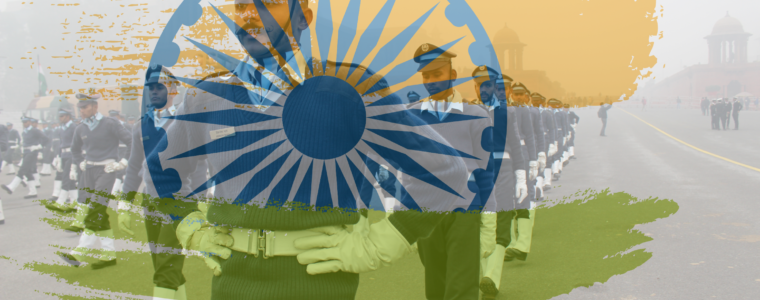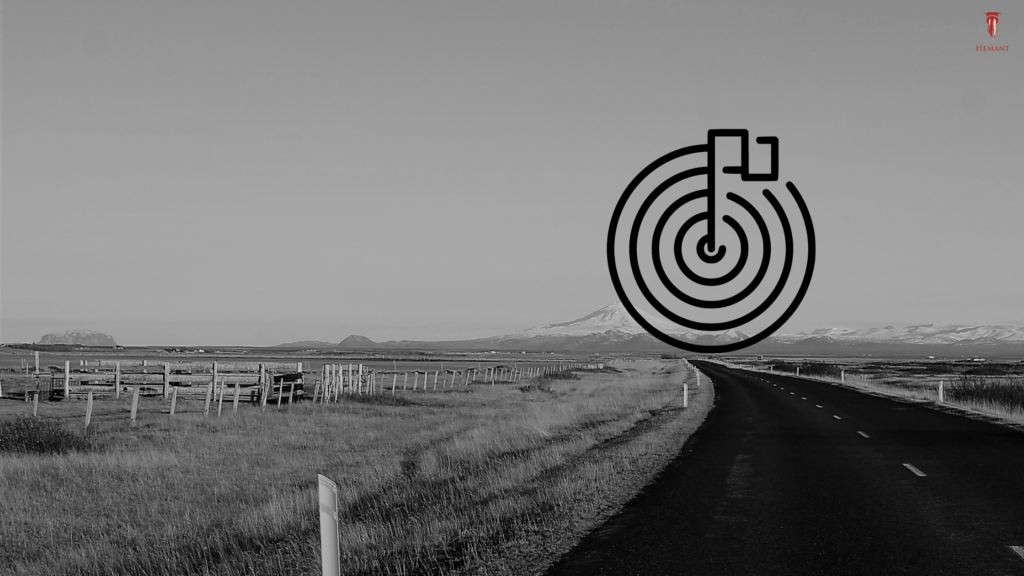India owes its freedom, including a sense of security and major avenues for development to various rock-solid institutions empowering the nation’s growth over the decades. One such institution is the Indian Army that stands in a class of its own, continuing to maintain, preserve, and further India’s freedom and accomplishments.
Notable Post-Independence Events
Liberation of Goa

Goa was under the Portuguese rule who refused to abandon the state even after our independence. The Indian Army launched Operation Vijay, a military action that successfully overcame the Portuguese forces over Goa.
UN peace-keeping mission
The Indian Army has always provided personnel to enable UN peace-keeping missions, and it’s the largest troop contributor since its inception post-independence. Personnel from India were deployed towards this mission that also included peace missions following the Korean conflict.
The Indian Army has also contributed immensely towards peace-keeping missions across Kuwait, Iran, Iraq, Central America, and other nations.
The Creation of Bangladesh

India fought the 1971 war on two fronts, namely the East and West Pakistan and achieved victory. This eventually led to the formation of Bangladesh. The war was also the event that saw the largest surrender by Indian armed forces since World War 2.
Indian army and the 2004 Tsunami

Image Source: https://swarajyamag.com/lite/indian-armed-forces-rescue-missions
While the Indian Army was protecting the nation on the borders and other boundaries, simultaneously it also undertook relief efforts in cases of natural disasters. One such disaster was the 2004 Indian Ocean earthquake and Tsunami where the armed forces mobilized over 8300 troops to rescue a significant number of people.
The Indian Army also provided them with essential rations, medicines, food packets, blankets, clothes, fuel, and more to the affected people.
Relief efforts for Kashmir earthquake
The Indian Army was the primary agency for enacting rescue and relief actions following the Kashmir earthquake. The agency mobilized 2600 troops with 39 medical teams, and 31 tons of medicine with specialized mountaineering equipment. The Indian Army also setup over 40 relief camps and saved over 1,500 people while treating over 6,000 civil patients. They also delivered 150 tones of ration and 18,000 food packets during this time.
Steady Modernization from 1971 to 1998
Post 1971 war, there was a steady modernization of the Indian Army that included new equipment and improved plans for modern wars. The Expert Committee under the Chairmanship of Lt General K.V. Krishna Rao submitted the reports in 1976, and the major recommendations were implemented in the early eighties. The expansion of mechanized forces also was achieved following this report.
The Indian Army also received 17 sorties of helicopters in April 1984 at Bilafond La, a pass on the Soltaro ridge, West of Siachen glacier. The soldiers occupied the pass, and this was the move was called the Siachen conflict between India & Pakistan that continues till date.
The Army operations were carried out in June 1984 at Amritsar to successfully clear the Golden Temple complex from militants occupying the temple. The Operation Blue Star was the name, and it was performed on June 7th 1984.

Image Source: https://www.greaterkashmir.com/todays-paper/front-page/indian-army-known-for-bravery-professionalism-pm-modi
As our honorable Prime Minister says, “Indian Army is known for bravery, professionalism,” we take pride in every hero our country has built. Jai Hind!



